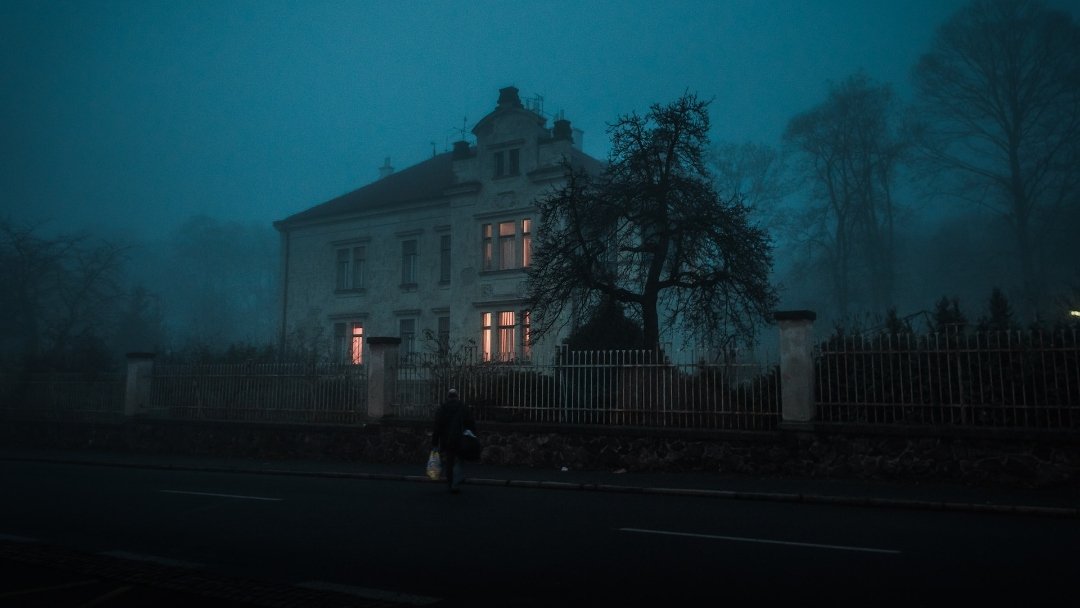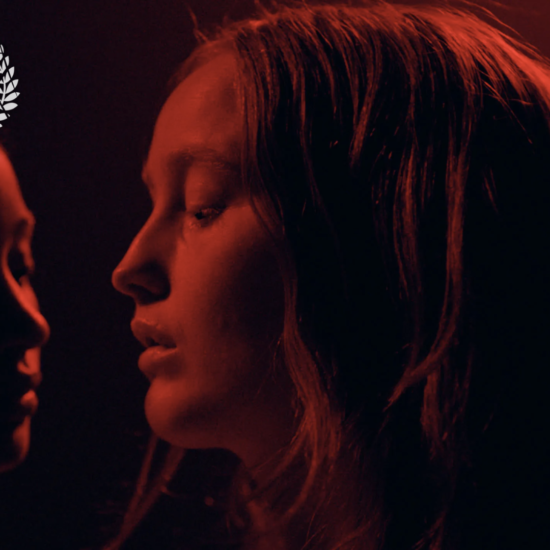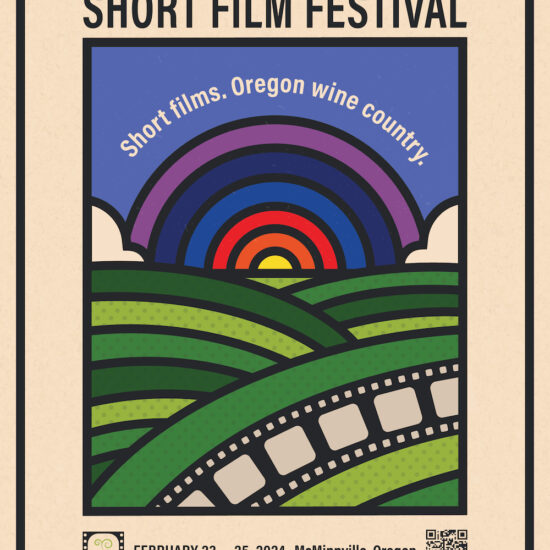
Halloween is right around the corner. Horror enthusiasts everywhere rise, ready to welcome another spooky season with a spine-chilling movie marathon.
However, some people are more interested in creating their own scary films. For those just starting out, making a convincing movie can be challenging.
So, what does it take to develop an effective horror short?
Why Setting the Right Atmosphere Is Important
The most crucial part of horror filmmaking is setting the atmosphere. People fear ghosts and monsters, but those supernatural creatures aren’t the scariest part of horror films. They become scary because the filmmaker has built up the tension and anticipation for them.
Yes, the ghost crawling on the ceiling is horrifying. But what makes it scary rather than odd is that the protagonist is alone in a dark, cold room. She sees a vague reflection on the shiny floors. The music swells and she looks up very, very slowly as a low, inhuman groan comes from off-screen.
When the protagonist finally sees the ghost, the audience is perfectly primed for the scare. They feel that adrenaline rush and catharsis afterward because the atmosphere makes it effective.
Set the right atmosphere for your film by focusing on the environmental factors around your characters. Things like lighting, sound, weather and location can all contribute to that looming sense of dread.
How to Craft the Ideal Horror Atmosphere
Here’s everything you need to know about setting the stage for your next short film.
1. Light and Shadow
It almost seems like a rule for horror movies to be dark, but with the rise of brightly lit horror films like Ari Aster’s “Midsommar,” it’s evident that’s not always the case. Whether you go dark or bright, remember to use atmospheric lighting depending on your intent.
The dark evokes audiences’ fear of the unseen. Fear of the dark is a survival instinct — prehistoric humans were more likely to be attacked at night. As humans evolved, that fear of the dark remained. That anxiety and fear you feel keeps you vigilant for any possible danger.
On the other hand, a very bright light evokes a lack of privacy, like the characters are vulnerable and exposed for the world to see. It can also elicit a feeling of coldness and sterility, showing your audience that the film lacks warmth and safety. It’s up to you to utilize lighting, depending on what story you’re trying to tell.
Lighting can tell many stories, and so can shadows. In the same way smoke appears when there’s a fire, a shadow can only occur when there’s something to cast it. In a horror short, that “something” is just out of sight, around the corner of one’s eye, biding its time before it inevitably strikes.
2. Music and Sound
Sound is one of the most compelling storytelling elements you can use in filmmaking. You can use it to quickly build the atmosphere for a horror short.
You can use typically scary sounds like creaking doors or disembodied humming. However, silence works just as well. It creates a feeling of foreboding, like bated breath waiting to be released.
You can also use music to evoke fear. Typically, horror film music utilizes sounds that can affect people’s moods and emotions. Humans react to the themes of “Jaws” or “The Shining” because of their use of nonlinear sounds. A screaming baby or dissonant chord can trigger an evolutionary reaction related to the fear of losing one’s offspring.
3. Weather and Temperature
It’s admittedly cliche to use a dark, stormy night to make your film scarier. However, the right weather usage can carefully craft the perfect atmosphere for your movie.
Cold weather is an effective way to elicit feelings of fear, danger and vulnerability. You can do this by setting your film in a rainy or snowy background. You can also visibly show your characters shivering.
On the other hand, you can also use heat to your advantage. Sweltering, unforgiving heat can evoke a kind of misery and desperation you can use for different storylines. A character profusely sweating can show struggle and discomfort, adding to the general unease needed to create a good horror film.
4. Location and Scenery
For horror shorts, shooting in one location makes the most sense. Of course, this isn’t a hard and fast rule. Many filmmakers choose just one place because it takes time to build tension. Time is not something you have a lot of when it comes to short films, after all. It also helps you with budget constraints.
When you choose your location, make sure it contributes the most to your story. An abandoned building, remote campsite deep in the woods or sterile morgue might immediately set a scary atmosphere, but you can also use normal places like an apartment. The important thing is to utilize it to the fullest.
A typical home can be made scarier by how you decorate it. What does the home exterior look like? Do flickering candles set a spooky scene? What about the inside? Does the occupant have an excess of lifelike dolls? Is the house overly clean or downright filthy? These decisions can help you set the right mood for your film.
Moreover, don’t be afraid to use everything available in your chosen location. If you’ve decided to film in a derelict children’s park, you should definitely use the abandoned swings and slides to your advantage.
5. Vagueness and Conjecture

Whatever the big, bad, scary thing you use in your film, use it sparingly. The more people see your monster, the more they’ll grow accustomed to it. By the end of your movie, the final scare won’t have the desired effect.
If you must show your monster, show parts of it. Provide a glimpse of its traces and the damage it can do. A trail of blood that leads to a closet may do the trick. Show a clump of bloody hair that can’t have been from any of the characters.
Whatever you do, keep your monster hidden, looming and watching your protagonist’s every move. When you bring out the big scare in your finale, the stage will have been set for your audience.
6. Design and Mood
Perhaps the most exciting part of the film for you and your audience is the haunting. What kind of fear will the protagonist go through? Think of what visual and aural elements you’ll use to create terror.
People are afraid of what they can’t see, predict and control. You can use these three basic fears to design your character’s haunting. Here are some examples of elements you can use:
- Can’t see: Things moving on their own, religious symbols turning upside down, things the character has thrown away coming back, creaking sound from above, approaching footsteps
- Can’t predict: Mysterious artifacts, occult symbols, animal bones, erratic behaviors from people close to the main character, pets or kids acting strange, dark figure at the end of the hallway
- Can’t control: Plumbing overflowing, doors and windows slamming repeatedly, inexplicable things happening to the character’s body, character slowly losing their mind
Film Your Horror Masterpiece
Horror is a beloved genre by many. The atmosphere makes up most of the horror experience for those who enjoy scares and thrills. Learning to harness the power of atmospheric elements is the key to producing a genuinely scary and satisfying film.















